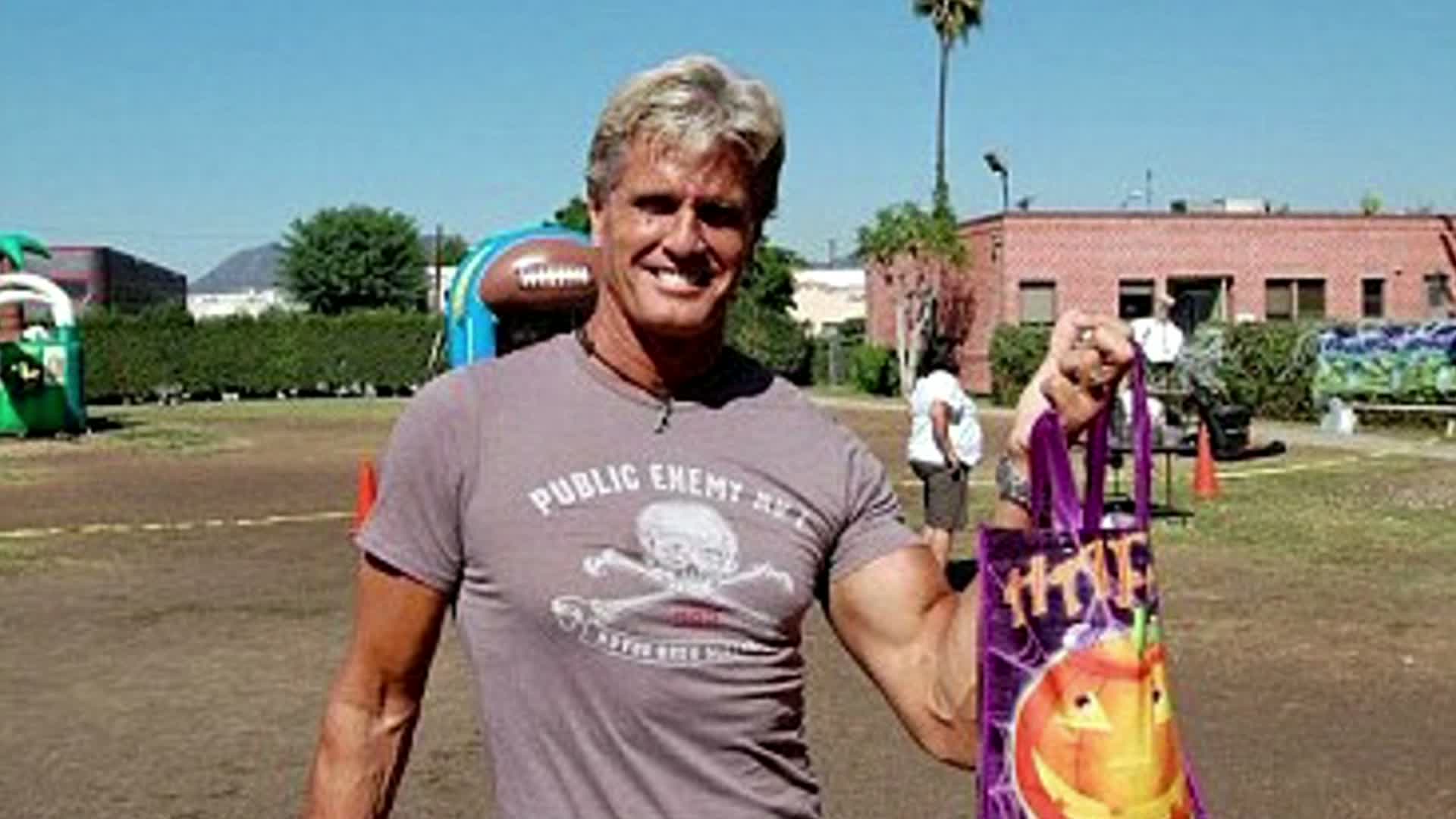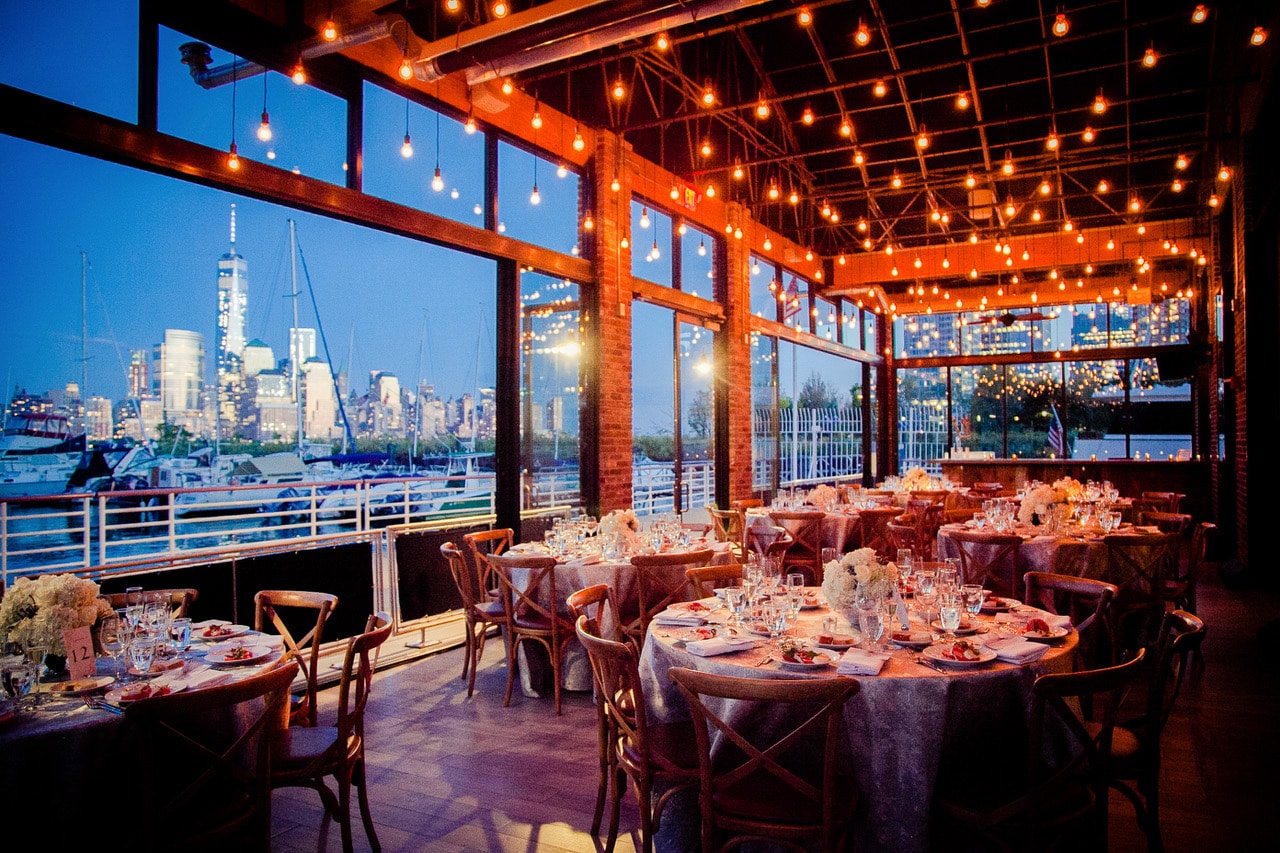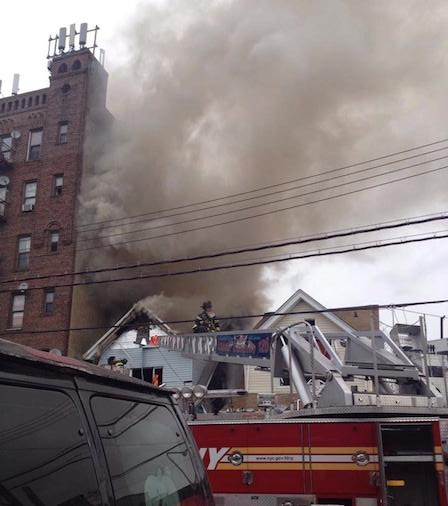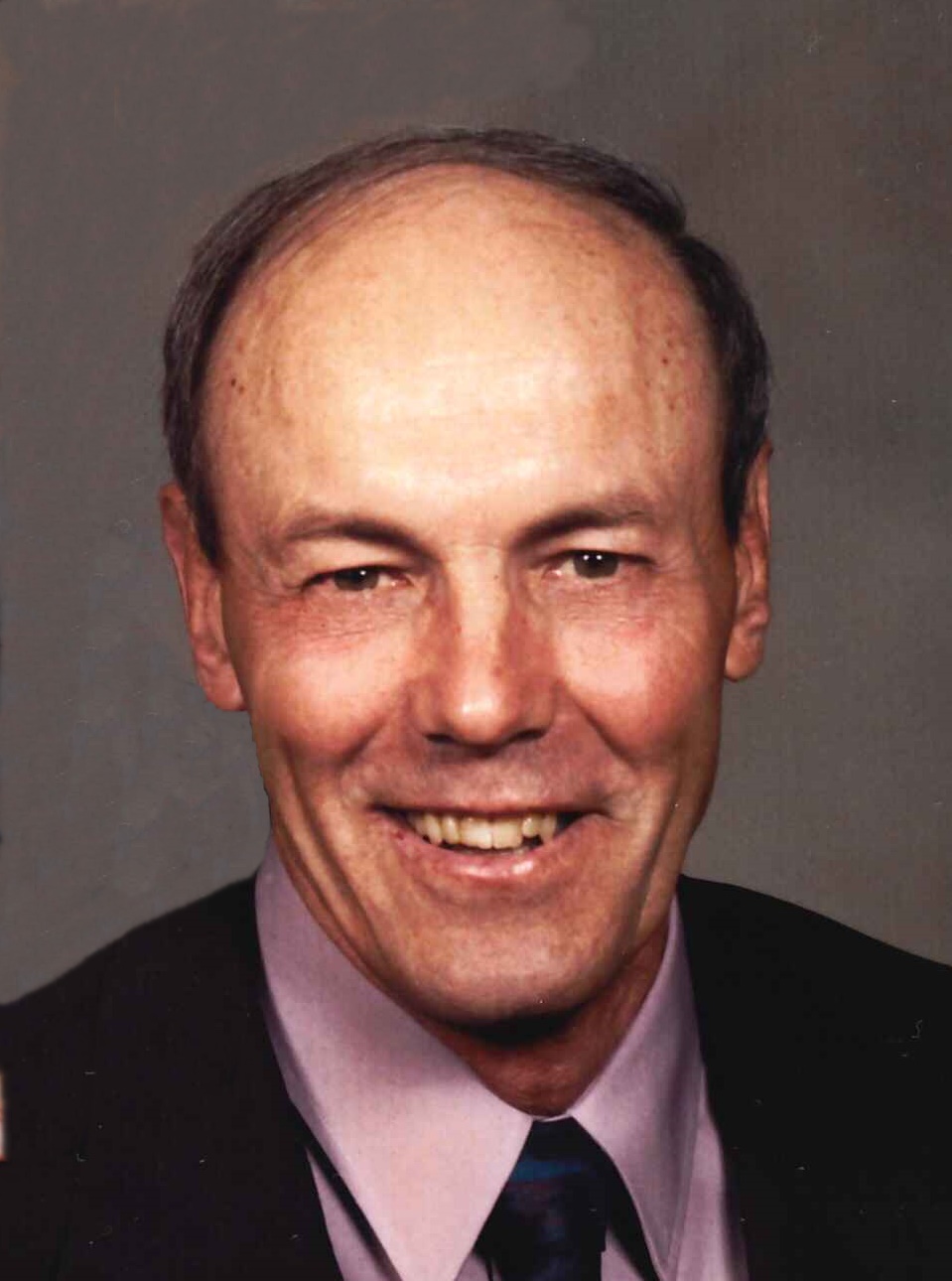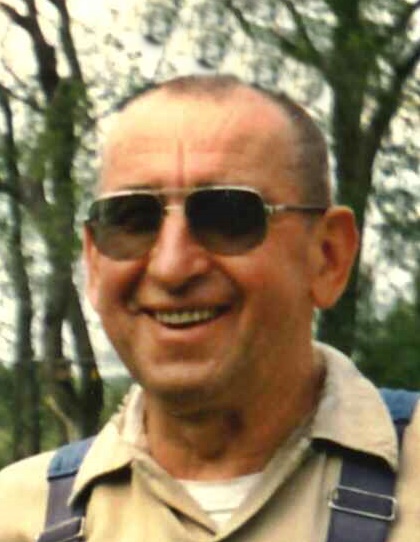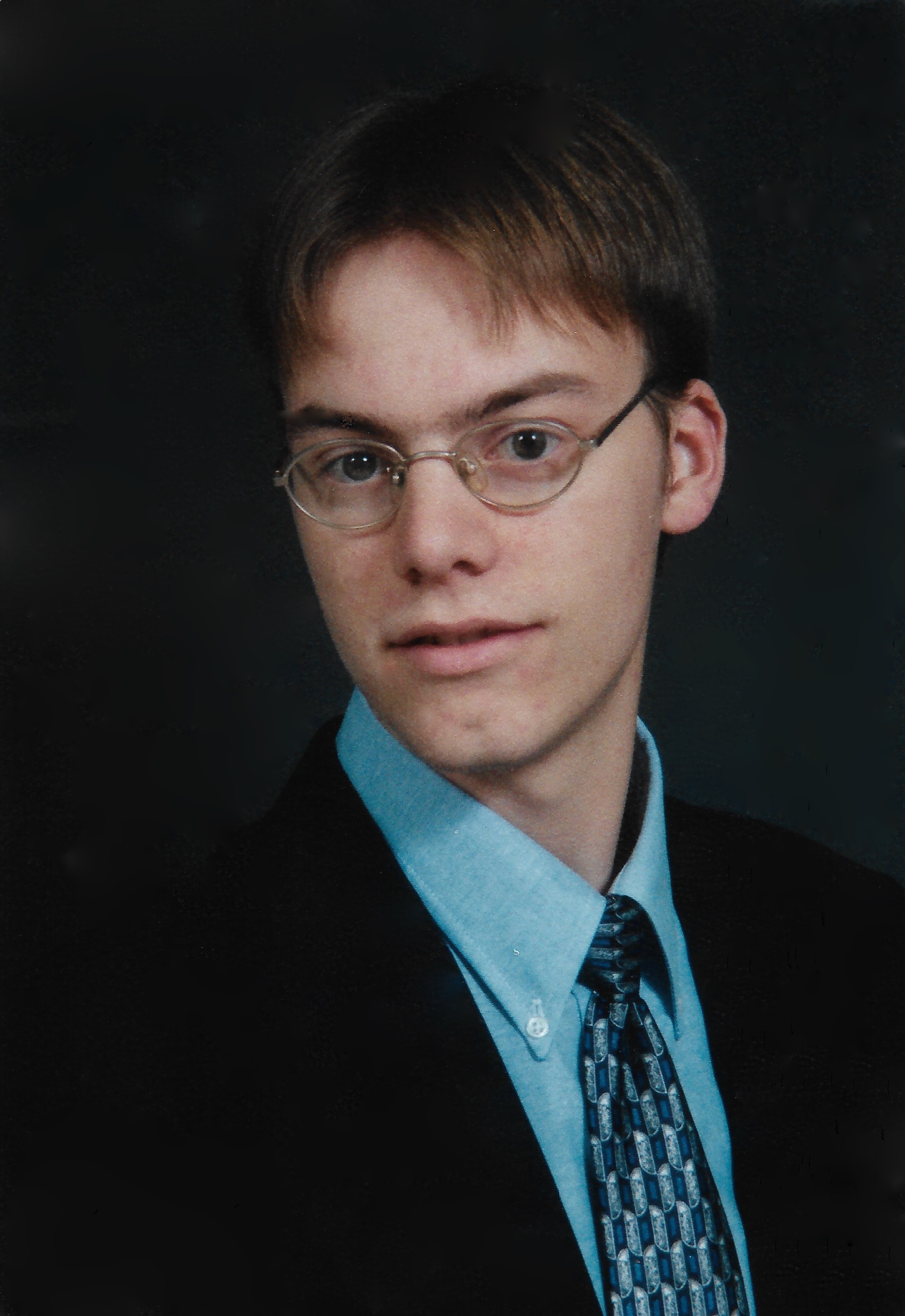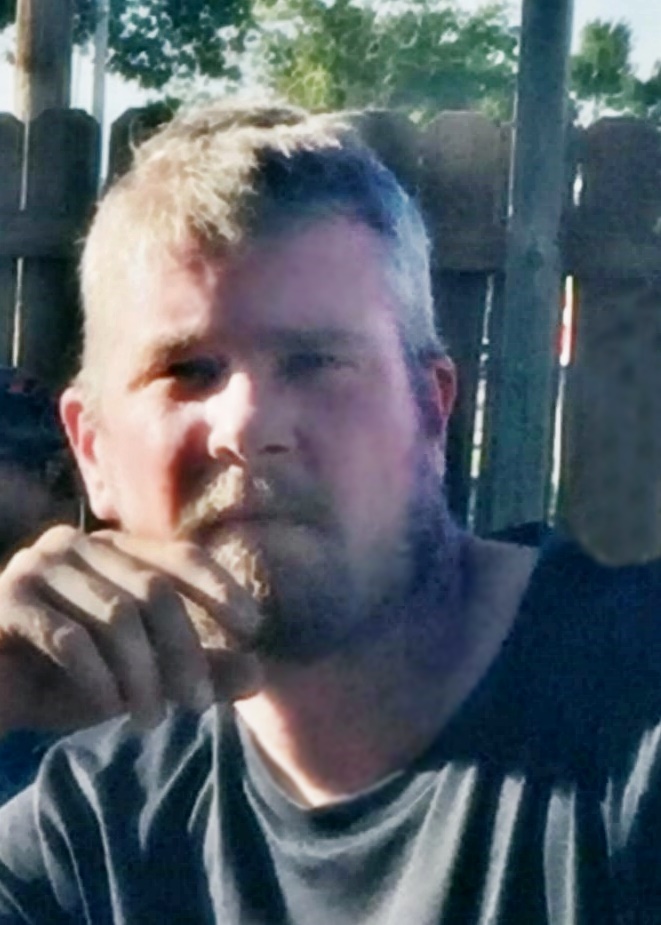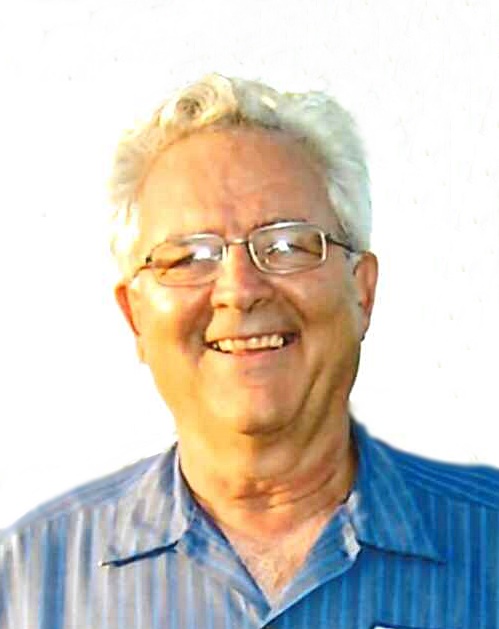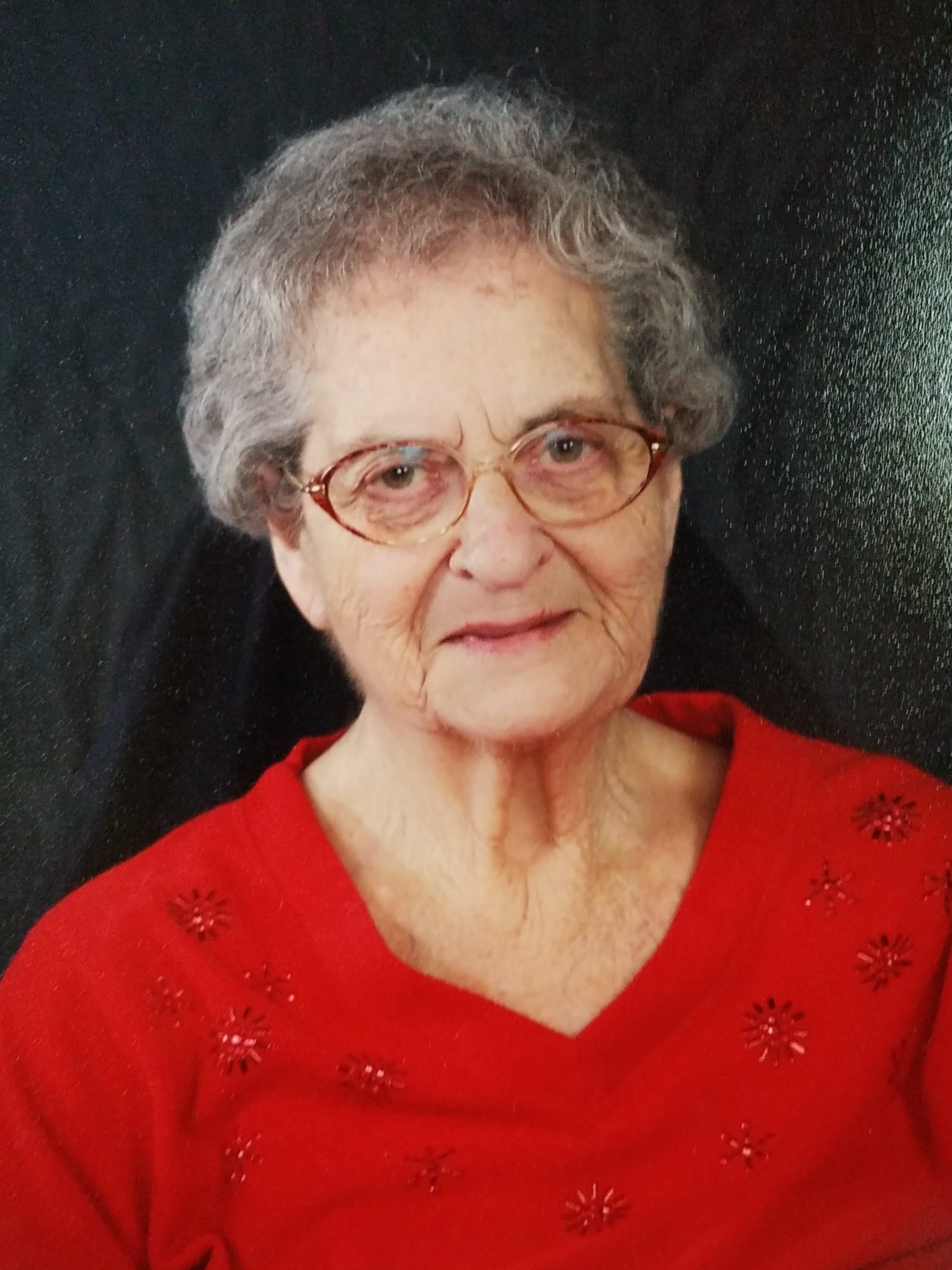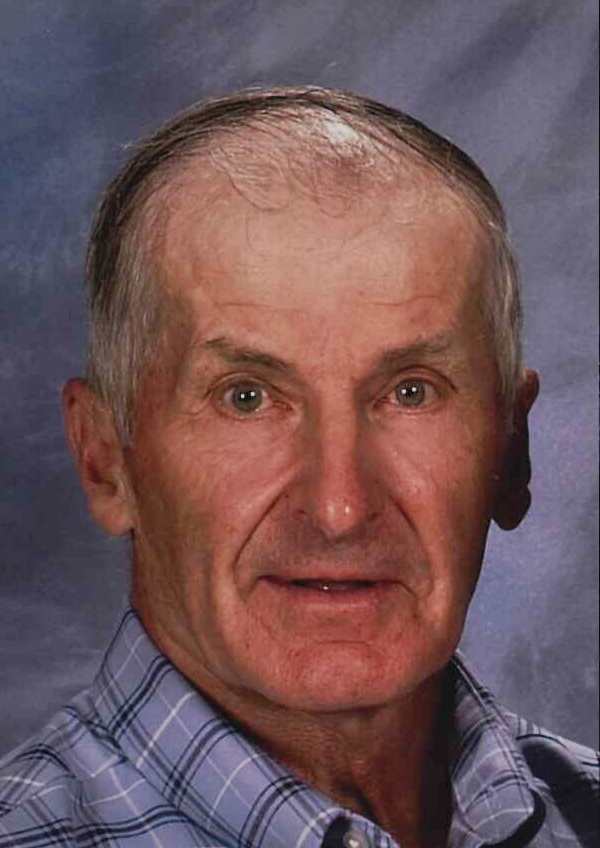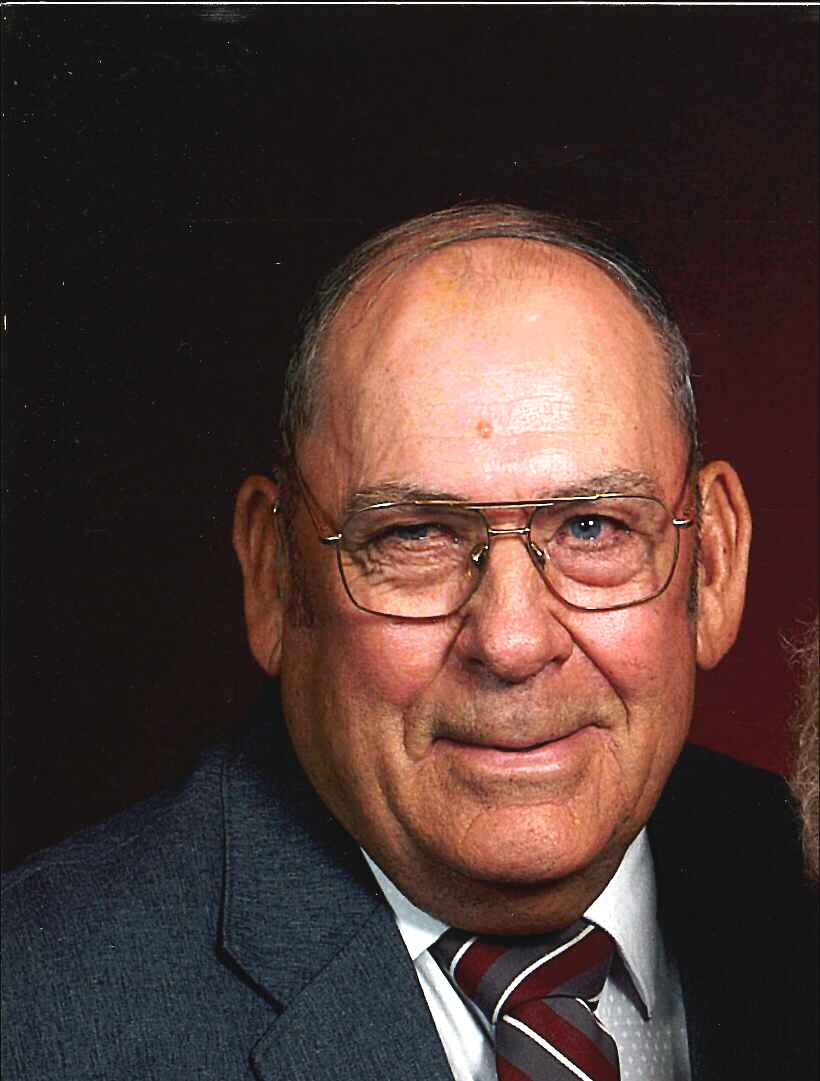Table of Content
His dream of owning a funeral home intensified with his friends' loss in the Civil Rights struggle. Mr. Beckwith realized why the passion and desire of owning a funeral home was so deeply rooted in his spirit; it was his destiny to provide families with quality and affordable funeral services. Maybe holding special events in a funeral facility is not so unusual for funeral business families. It’s probably the easiest place to get all of the family members in one place. The potentially-dangerous flipside of bringing family events to the workplace is that it’s often difficult to keep workplace issues out of your personal lives. Often, true work/life balance is impossible when you work with family.

The fact of the matter is they trusted us with their loved one and I felt tricky asking that we film that." Great Southern Pictures managing director Phil Smith told New Zealand’s Stuff website in November that the series, which aired on TVNZ earlier this year, would return for another year on both the original network and Netflix. He even went on to say a third season was in the stars as well, though the production company was still in the process of securing funding.
We Bought a Funeral Home
The Blumberg family transforms an eerie 1800s Victorian funeral parlor into a weird and wonderful dream home. In his defense, Sadler told the North County Times that he bilked people out of their savings in an effort to raise money for his medical costs related to medical treatments for his son, who died last year at the age of 24. We imagine that his excuses make the people from whom he stole feel a lot better about being his victims. The reviews for “Buried by the Bernards” are overwhelmingly positive, with words like “funny,” “jovial,” “wholesome” and “loving” popping up again and again.

Lenox Hill had to painstakingly obtain releases in order to navigate patient privacy laws and was rewarded with an enduring account of a city in crisis. One could argue Buried by the Bernards just isn’t interested in that kind of ambition, but there are nuggets of sociological interest buried at the margins. Ryan makes an offhand comment about how Black families like his own, and the vast majority of his clientele, generally don’t opt for cremations; the funeral home’s oft-touted low prices are positioned as a way to be of service to a community in need. Yet these observations are never developed into full-fledged themes; the viewer has to squint to make them out. Bernard founded the business with the hope that he’ll be able to pass it down to this daughters Deja, funeral director apprentice, and Reagan. R. Bernard Funeral Services went viral in 2017 for offering drive-thru viewing services for mourners to view bodies from their vehicles, an idea Bernard implemented in order to stand out from other funeral homes, as reported by Fortune.
Column: Mental health problems among homeless people is a concern coast to coast
In memory of his mother Matriarch Allene Beckwith, he sponsors the church’s Annual Health Fair. Discover the stars who skyrocketed on IMDb’s STARmeter chart this year, and explore more of the Best of 2022; including top trailers, posters, and photos.
It became her breakout hit role and she remained with the show for six years until its eleventh and final season. In 1989, Alley starred with John Travolta in Look Who's Talking. They then went on to make two other films centered on the same theme, Look Who's Talking Too and Look Who's Talking Now.
Film
While none of the family work there today, the business still is operating and is owned by the local Comer family. The show centered on the relationships between the employees, for instance Chuck Wissmiller and his three daughters - all of whom worked together at the mortuary during the show's run. Each episode featured one or two funerals with families who shared their grief while celebrating the life and contributions of their loved ones. The departed themselves were seen from time to time on the show, but care was taken by the crew to portray their memory respectfully.
"Kirstie Alley responds to 'nasty people' criticizing her decision to vote again for Donald Trump". Alley's work has been honored by multiple associations throughout her career. Alley was raised as a Methodist, but became a member of the Church of Scientology in 1979. At the time she became a Scientologist, Alley said she had a cocaine addiction and went through Narconon, a Scientology-affiliated drug treatment program, to end her dependency. By 2007 she had attained the level of OT VII , and by 2018 she was New OT VIII. According to Alley, "Scientology made me a lot stronger and tougher ... It's made me more honest and more willing to take responsibility for other people."
Michael Beckwith
We see only a handful of actual mourners, let alone funeral services; when cadavers are shown on screen, they’re carefully positioned to obscure their faces. Not that Buried by the Bernards needs to show us death for death’s sake. It’s all too easy to picture how a funeral home reality show could turn exploitative or lurid; even asking families to film something as intimate and vulnerable as a grieving ritual is cringeworthy to imagine.

Mr. Beckwith’s dream was to own a funeral home, but God’s plans were greater than his. With the Grace and Blessings of God, Mr. Beckwith opened a second location in Dallas, TX in 1985, known today as the corporate location and a third location in Lancaster, TX in 1999. Humbly serving over two thousand families annually has earned Mr. Beckwith the privilege of owning and operating the number one African American Funeral Home in the Dallas/Fort Worth Metroplex. There are some really touching moments, and they seem to be highly respectful of their clients and care about providing proper service. Of course there's plenty of infighting, stupid melodrama, sister jealousy, weird dad with cat scenes as well. Overall, though, it really did feel like a realistic portrayal of what does go on in a small mom-pop run funeral parlor.
While the work done in the preparation room was also shown, the more graphic portions of mortuary work were depicted deferentially. In yet another international pickup, Netflix brings New Zealand’s The Casketeers to an American audience this week. And apparently, The Casketeers will continue on into Season 2 in some way.

One episode was devoted to the mortuary’s handling of the Fort Rosecrans funeral of Lloyd Bucher, former Navy captain of the USS Pueblo, which was seized by North Korea in 1968. National media and hundreds of people attended his service in 2004. An A&E promotion of the second season of “Family Plots” 15 years ago, shows four members of the Wissmiller family and three other staff members of the Poway Bernardo Mortuary, where it was filmed. One of the most colorful characters on the show was Chuck Wissmiller, whose daughter, Shonna, was the funeral home’s mortician. While she did enbalmings, Wissmiller picked up bodies, drove the hearse and set up caskets at services.
Her breakout role was as Rebecca Howe in the NBC sitcom Cheers (1987–1993), for which she received an Emmy Award and a Golden Globe in 1991. From 1997 to 2000, she starred as the lead in the sitcom Veronica's Closet, earning additional Emmy and Golden Globe nominations. On film, she was perhaps best known for her role as Mollie Jensen in Look Who's Talking and its two sequels, Look Who's Talking Too and Look Who's Talking Now .

